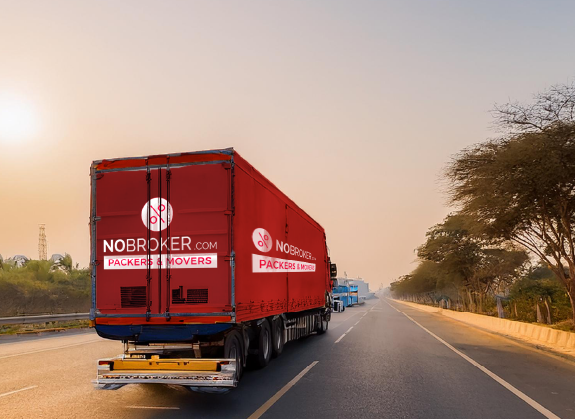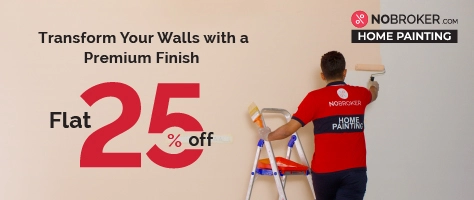I came to learn about the different types of plastering finishes from our expert renovator. During our home renovation, we were given a list of options for plastering the walls. Since we were doing interior wall plastering, we opted for a smooth coat finish but there are more options you can opt for. Read about the types here.
What are the Different Types of Plaster Wall Finishes?
The different types of plaster walls are as follows:
Smooth Coat Finish: This type of plastering is done by applying a fine sand and cement mixture for a sleek, even surface, ideal for painting or wallpapering.
Sand-Faced Finish: This plaster type calls for two layers of sand and cement, creating a granular texture that adds depth and durability.
Rough Cast Finish: A mixture of cement, sand, and coarse aggregate is used, giving the surface a rough, textured appearance.
Depeter Finish: Gravel or flint is pressed into a wet plaster, resulting in a decorative, textured surface.
Pebble Dash Finish: Small pebbles are embedded in wet plaster, offering a rugged, natural look.
Textured Finish: Created using a mix of cement, sand, and additives, this finish offers varied patterns and textures.
Stucco Plaster Finish: A high-quality, three-layer plaster used for both interior and exterior surfaces, providing a smooth, polished look.
As for the types of interior plaster finishes, the most famous ones are the:
Scrapped plaster finish
Cement plaster
Lime plaster
Sand plaster finish and stucco plaster finish
If you are planning to do a different type of plastering, seek advice from a professional.
Get Flawless Plaster Finishes on Your walls with NoBroker’s Professional Renovation TeamRead More:
What is Ideal Plaster Thickness on Walls of Home?
Shifting, House?
✔
Lowest Price Quote✔
Safe Relocation✔
Professional Labour✔
Timely Pickup & Delivery
Intercity Shifting-Upto 25% Off
Check Prices

Intracity Shifting-Upto 25% Off
Check Prices

City Tempo-Upto 50% Off
Book Now
The unusual textural technique known as rough cast plaster, sometimes referred to as pebble dash or wet dash finish, can give your walls individuality and durability. I recently had rough cast plaster finish applied to the external walls of my house, and the results were amazing. My home now has a rustic, earthy atmosphere thanks to the textured surface. Additionally, it strengthened the walls' robustness by shielding them from the impacts of weathering.
What Is Rough Cast Plaster Finish?
An outside wall of a structure can be finished with a rough cast plaster technique, which requires applying a mixture of sand, cement, and occasionally tiny pebbles or stones. This results in a surface that is textured and serves both aesthetic and practical reasons.
Rough Cast Plaster Finish Benefits
Aesthetic Appeal: The rough cast cement plaster irregular texture creates a facade with depth and character.
Weather Resistance: Adding texture to your walls helps shield them from the elements, lowering the likelihood of cracks and water damage.
Low Maintenance: Once applied, a rough cast plaster finish needs little upkeep and is long-lasting.
Considerations:
Although rough cast finish has numerous benefits, it's important to take your individual requirements and tastes into account. Your choice should be influenced by elements such as climate, finances, and architectural design.
NoBroker - Your Trusted Partner for Home Solutions.
Get painting service at your fingertips here
Read More:
How to smooth a wall without plastering
Which Cement is Best for Plastering?
Shifting, House?
✔
Lowest Price Quote✔
Safe Relocation✔
Professional Labour✔
Timely Pickup & Delivery
Intercity Shifting-Upto 25% Off
Check Prices

Intracity Shifting-Upto 25% Off
Check Prices

City Tempo-Upto 50% Off
Book Now
As I started my own home restoration project, I learned more about wall treatments and how important they are for establishing a room's personality and aesthetics. I'll offer my knowledge of various types of plaster finishes in this guide, assisting you in making the best decision to improve the curb appeal of your house.
Smooth Finish: A polished, slick finish is created by smoothing a thin layer of plaster after applying it. gives interior walls a crisp, classy, and timeless appearance. It is a common option for contemporary and minimalist designs.
Textured Finish: Creates patterns or textures on the plaster surface to give the surface a textured finish. Walls with textured finishes have more depth, personality, and tactile appeal. Ideal for giving places visual appeal.
Venetian Plaster Finish: This elegant finish resembles polished marble. It is accomplished by laying down several layers of plaster and burnishing them to a polished, flat surface. Known for its opulent appearance, it gives walls depth and richness. It is a popular choice for upmarket interiors among different types of plaster finishes.
Rustic Plaster Finish: The appearance of rustic finishes is earthy and asymmetrical. To produce this appearance, methods like skip troweling or slaked lime plastering might be used. Perfect for giving houses a cozy, rural atmosphere. Because they are adaptable, rustic finishes look great in both classic and modern contexts.
Stucco Finish: Typically applied to exterior walls, stucco is one of the rough, textured types of interior plaster finishes. It is made of lime, sand, and cement. Stucco finishes are fantastic for defending and decorating exterior walls since they are extremely robust and weather-resistant.
Take Your Walls to New Heights of Art with Our Plastering Services!
Get painting service at your fingertips here
Read More:
How to smooth a wall without plastering
Which Cement is Best for Plastering?
Shifting, House?
✔
Lowest Price Quote✔
Safe Relocation✔
Professional Labour✔
Timely Pickup & Delivery
Intercity Shifting-Upto 25% Off
Check Prices

Intracity Shifting-Upto 25% Off
Check Prices

City Tempo-Upto 50% Off
Book Now







What are the Different Types of Plaster Finishes for Walls?
Rocky
136Views
1 Year
2023-09-18T19:17:53+00:00 2023-09-28T14:19:09+00:00Comment
3 Answers
Share